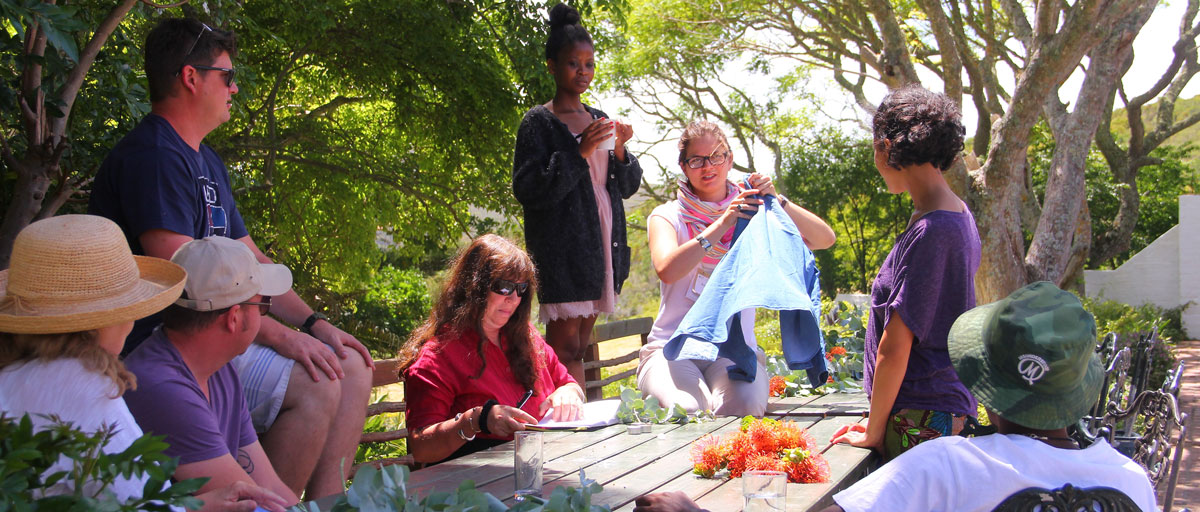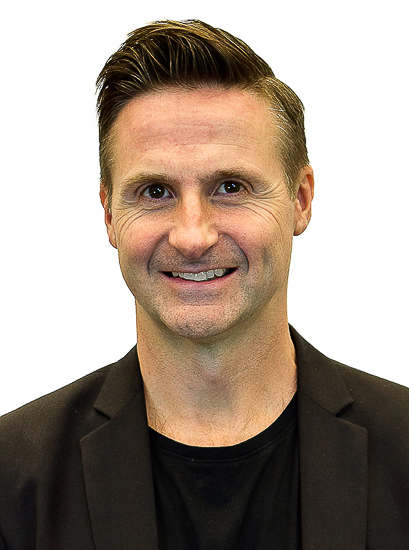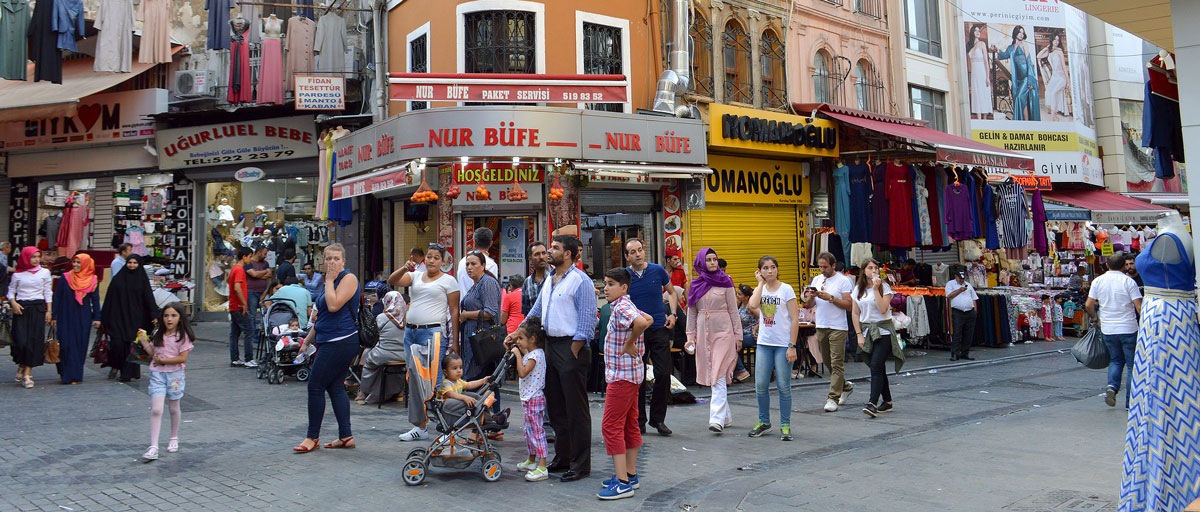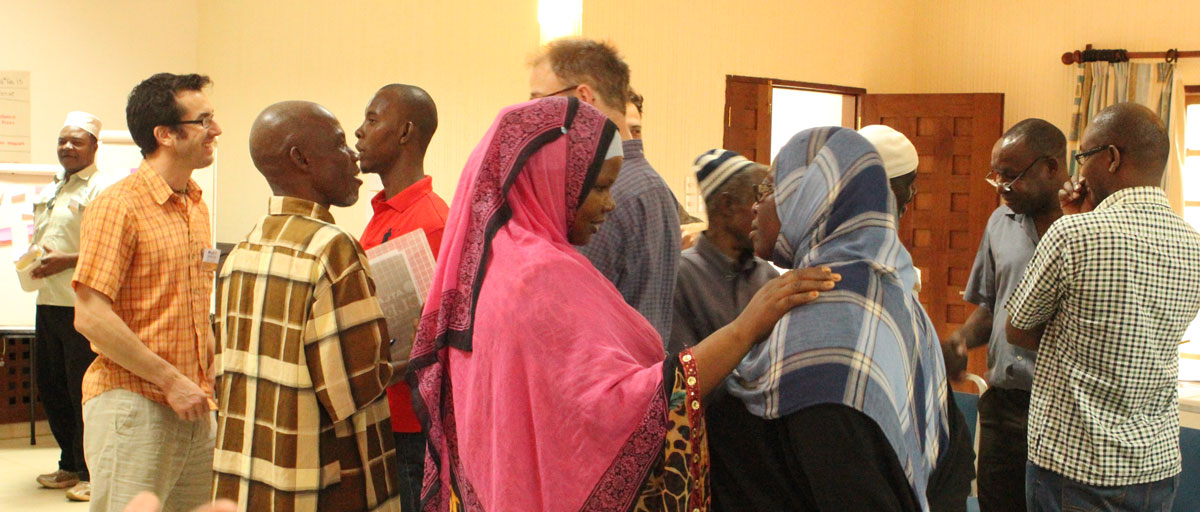
Transformative change starts with bringing people together. With case studies from the Global South, researchers explore how to create spaces for developing initiatives and approaches that can contribute to large-scale, systemic changes. Photo: M. Lindow
Bildtext får vara max två rader text. Hela texten ska högerjusteras om den bara ska innehålla fotobyline! Photo: B. Christensen/Azote
FACILITATING TRANSFORMATION
How many change-makers does it take to challenge the status quo?
Study assesses what it takes to make good meetings become venues for change
- This study uses case studies from the Global South to push transformations research and practice to look closer at justice and power, which is often lacking in change theories that have been developed in Global North regions
- They give five key “lessons learnt” to guide researchers in designing transformative spaces
- The co-created outcomes from these spaces are immediately socially relevant, personal and political.
If you want to drive change, you need to bring people together. Exactly how to do this is the question that a collection of centre researchers addressed in a paper published in Sustainability Science.
From their broad expertise in facilitating transformative spaces they collectively assess what it takes to make good meetings become ongoing venues for change.
Science meets action
More and more often sustainability researchers are working at the interface between science and action. Many recognize that it is not enough to learn about the world, researchers must also be part of the change. They can play an especially important role by offering a broad perspective of the situation at hand and convening different actors together.
Although there are real challenges for convenors that are not directly within the system themselves, “outsider” status can be advantageous since insiders can easily bias discussions.
Michelle-Lee Moore, co-author
Five phases for shaping change
Across the case studies authors identified five essential design phases, with different considerations for each:
Defining the problem - consider what different perspectives exist of the problem.
Bringing people together – consider the power dynamics of who is invited to the room and who is excluded.
How to use the space - consider the toolbox that will be used for the work that needs to be done.
Taking stock – consider what the slow and fast impacts were for the individuals, the collective and the system.
Reflection – consider what worked and what did not.
Five lessons learnt
Each of the case studies is unique, and there is no one size fits all model when it comes to designing transformative spaces.
Yet by discussing the cases together, the researchers were able to outline some key lessons that can be important to consider in the variety of contexts.
Ethics – transformative spaces can be exclusive, and controversial ideas can put participants at risk.
Wait until it’s ready – before trying to change a system, everyone involved needs to have a solid understanding of how the system works.
"Safe-enough” spaces – to challenge their thinking participants must show personal vulnerability. Meeting diverse opinions is necessary, but often uncomfortable.
Diverse methods, tools and skills – these should be brought into the process, but they must be compatible with baseline assumptions of the group.
Change is contagious - transformative spaces are ongoing processes for institutionalizing transformative change and not simply ‘events’.
Don’t get too comfortable
Shaking up the system is bound to be uncomfortable for most – at least to start with. Rather than creating safe spaces, the researchers argue for the need to create need spaces that are “safe-enough”, but still allow for some discomfort. It requires both unlearning harmful baggage and relearning a better way forward.
Says lead author Laura Pereira: "The idea is that to transform a system, it is necessary to undergo changes at the personal level, including scientists’ assumptions, and then to start building capacities and networks for change. This implies that there is a need for a level of discomfort to be able to process internal transformations and act systemically."
Defining the problem is not simple, for most of the case studies they kept coming back to this throughout the process, as the more participants talked, the deeper they got to the real nature of the problem. Even when starting with an open mind, the problem is not always what researchers expect.
In the case of the Xochimilco Wetland in Mexico they allowed the problem to emerge from concerns of participants. While a focus on the urbanization of wetlands was expected, participants instead saw a growing lack of self-esteem and social cohesion as a major issue.
Transformative spaces must be built on foundations that address marginalisation; dealing with and confronting the long legacies of colonialism in its many manifestations. The researchers have witnessed that “these effects are still experienced, and we have to keep challenging the status quo to address power inequalities.”
Pereira concludes that "transformative spaces, through designing the engagement in ways that involve emotions and allow for empathy, further contribute to humanizing the solutions."
Methodology
Analysis of these case studies was conducted over three workshops, where researchers brought together their examples of holding transformative spaces. The first two workshops in 2016 were at the Stockholm Resilience Centre and the Centre for Complex Systems in Transition in South Africa. The authors developed a framework of the key phases and guiding questions. The different researchers answered the questions, in relation to the case study that they had worked on.
Each of the nine case studies are published in a special issue on Designing Transformative Spaces aimed to collect examples of cutting-edge, action-oriented research on transformations from the Global South.
A third workshop at the Resilience 2017 conference in Stockholm allowed for cross comparison of the cases and synthesis.
Pereira, L., N. Frantzeskaki, A. Hebinck, L. Charli, J. Scott, M. Dyer, H. Eakin, D. Galafassi, T. Karpouzoglou, F. Marshall, M.-L. Moore, P. Olsson, J. M. Siqueiros-García, P. van Zwanenberg, and J. M. Vervoort. 2019. Transformative spaces in the making: key lessons from nine cases in the Global South. Sustainability Science:1–18.

Laura Pereira’s work focuses on sustainability transformations in developing country contexts and she is working on the Seeds of Good Anthropocenes team on a project related to the IPBES Nature Futures framework.










